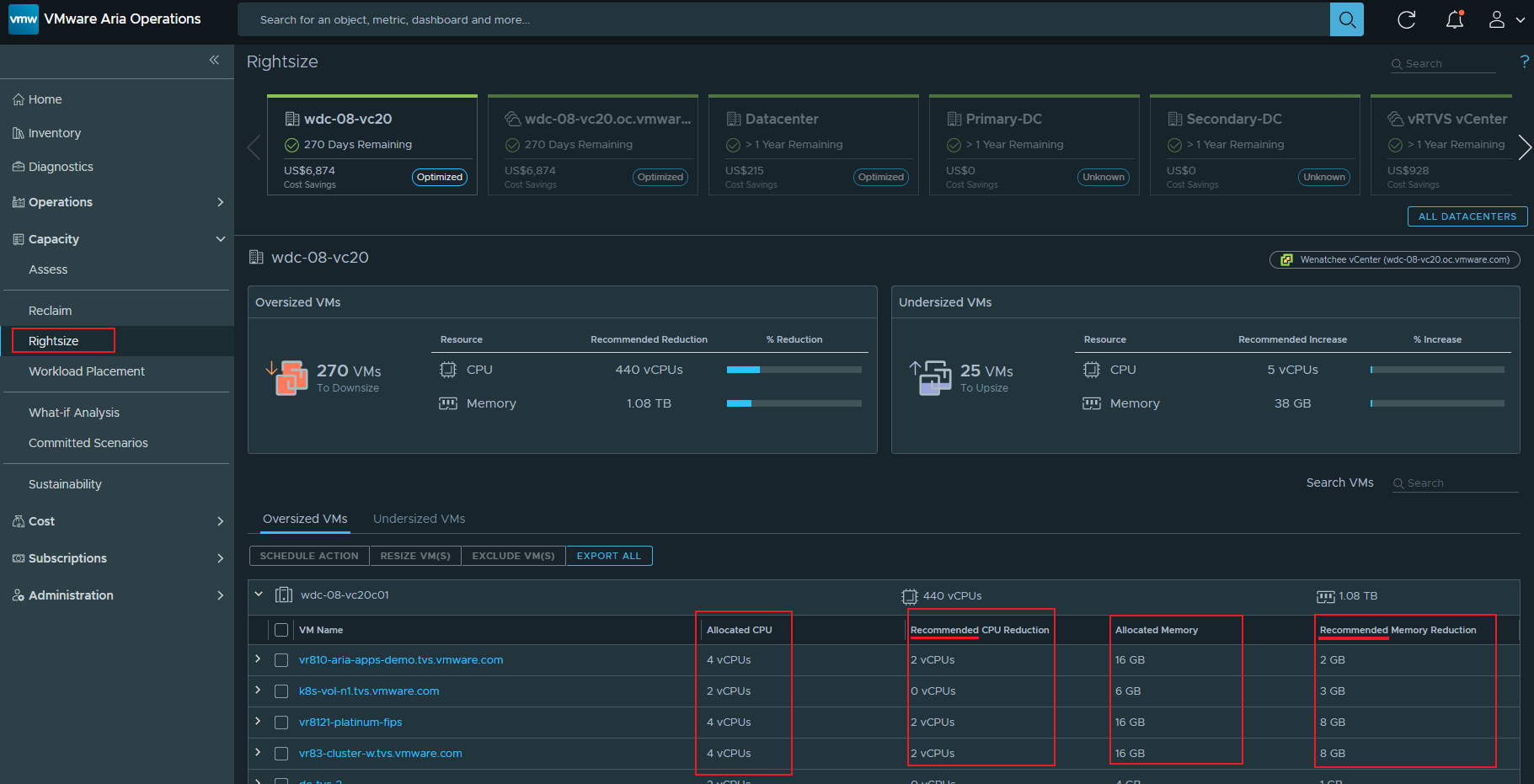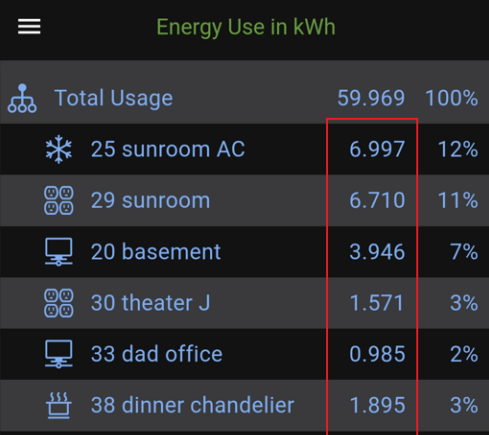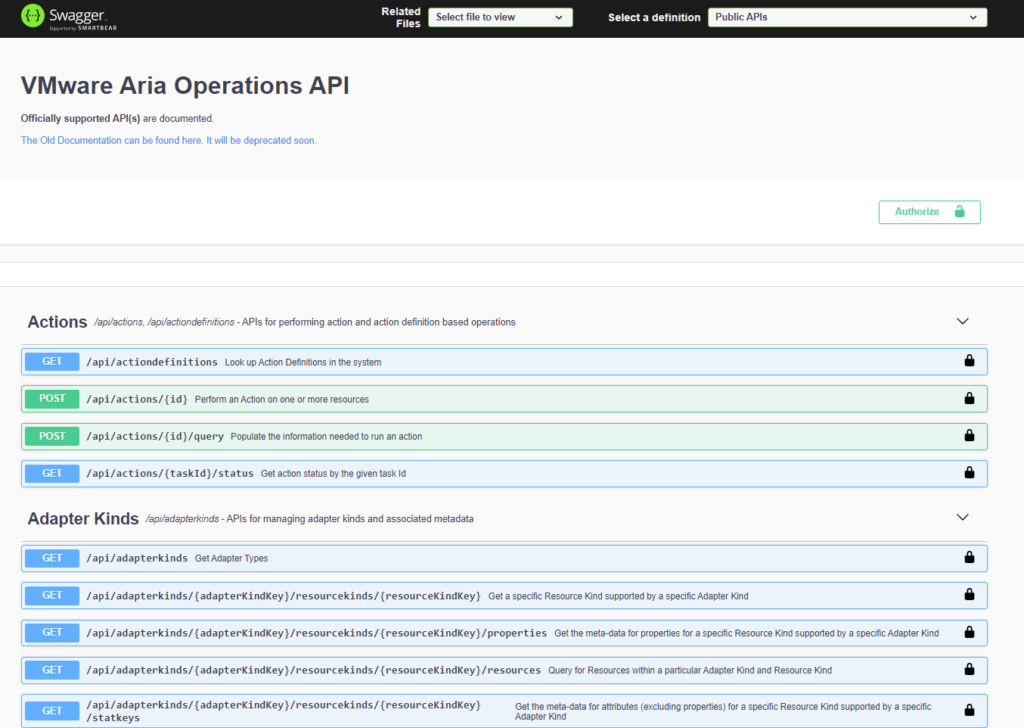From Code to Cloud: Finding the Man Behind The Curtain
Let’s take a journey through the software development lifecycle, diving into the world of computing, memory, storage, networking, and beyond. This is going to be a ride through all the layers that make up the internet’s magic curtain to discover what lies behind it. The Birth of an Application Every great app starts with an idea. Imagine a student, Alex, who wants to create a social networking platform specifically [Read More…]
![[root @ the.cloud.architect : ~]](https://www.thecloudarchitect.net/wp-content/uploads/2023/10/cropped-wm.logo_-1.png)








